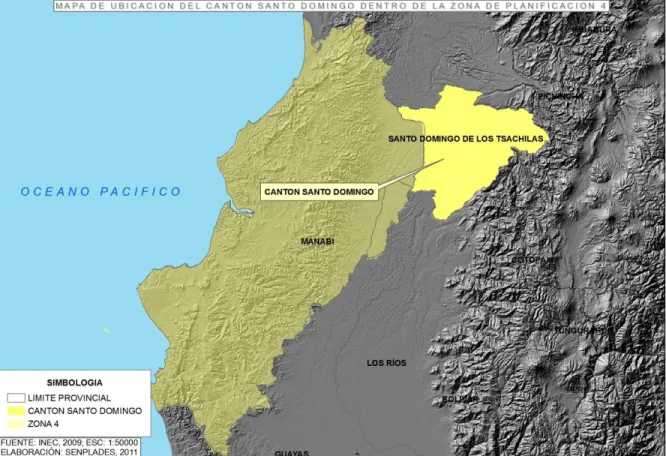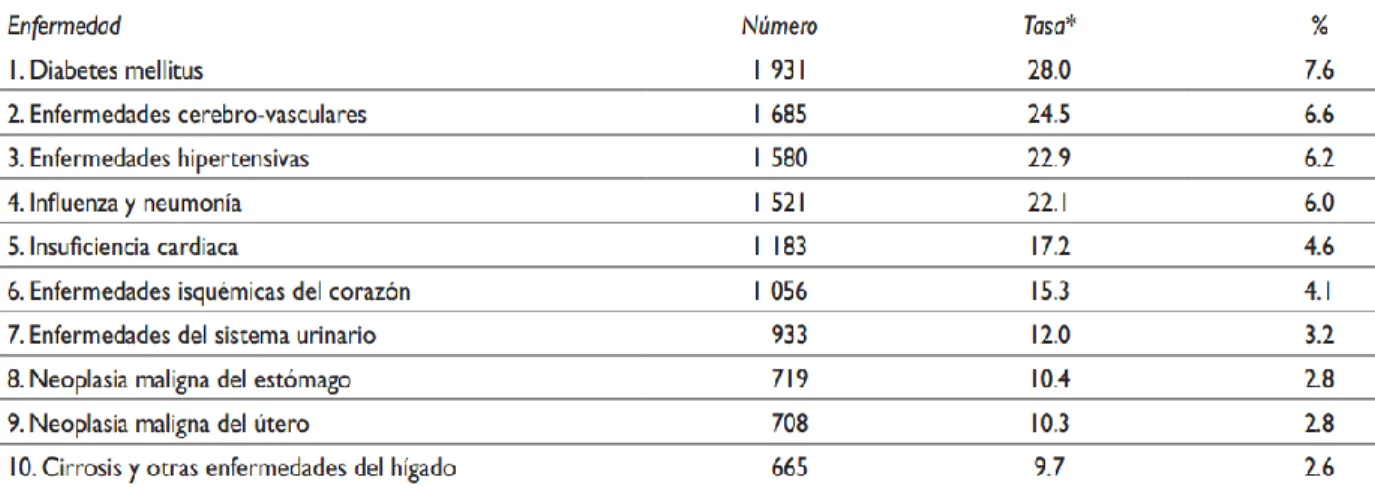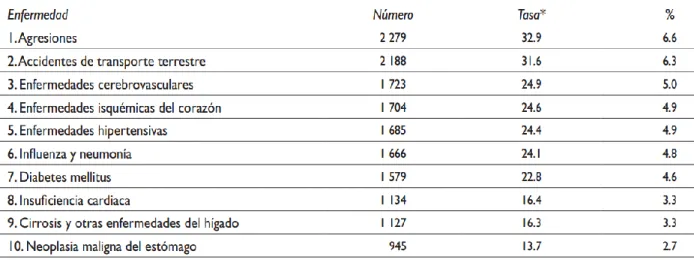Dengue fever is an indicator of negative biocultural interactions and the knowledge of the disease itself indicates the environment of the area. My own personal experience allowed me to begin to realize that local ecologies are tied to biocultural interactions and health relativities develop as a result of those interactions. The importance of the pluralistic nature of "local biologies" reflects the rejection of understanding biology as universal.
The phenomena of biocultural interactions resulting in unique local biologies is particularly observable in the case of the development of malaria in sub-Saharan Africa. It is estimated that 40% of the population of West Africa carries this gene (Wiley & Allen, 2013). Similar to the way in which the concept of local biologies frames the individuals of a population within the context of the self, the conceptualization of local ecologies provides a framework through which this can be done.
By governmentality, I mean the government's ability to control who receives treatment and how (Foucault, 2010). Another example of the importance of recognizing the impact of local ecologies on local biologies as a result of biocultural interactions is the case of the kuru in Papua New Guinea. In the case of the Ogori tribes, healers are not expected to intervene in cases of malaria, hepatitis or yellow fever (Gillies, 1976).
The goal of the department is to identify public health problems and create solutions by understanding the biocultural interactions of health in communities.
ANDES
Each of the children was given three cut-out pictures representing common foods such as chicken, sweets, bread or yogurt. This activity showed that children's poor food choices were not due to a lack of knowledge, but rather a lack of knowledge about how to use the knowledge. Known as an adventure-tourist town, the population of Baños is well-off compared to the rest of the region.
It could be justified as a product of the local culture, but I have come to suspect that it is a product of the political situation. The case of Salasaca and Pelileo is an example of the complex processes that can have a positive or negative impact on the health of a region. History placed the Salasaca people in Ecuador, and the location of the volcano is geography.
However, the health of the people of Salasaca is not the result of any kind of environmental determinism. Nutritional deficiencies have made these people more prone to fluorosis, and the socioeconomic status of the region hinders access to clean water. The case of Salasacan fluorosis is important because it shows the interaction between bodies and locality.
Most of the population obtained their drinking water from wells or ponds contaminated with animal and human feces. Research soon revealed that many of the wells contained water with a naturally high arsenic content. Although the WHO standard for arsenic in water is 10 ppb, many of the wells contained 500-1000 ppb, with the highest being 2400 ppb.
In the case of the Salasacans and the populations of West Bengal and Bangladesh, it was not environmental determinism that led to the poisonings; rather, the poisonings were the result of biocultural interactions. The juxtaposition of the world of the Kichwa girl next to the polio crawler illustrates the mobility offered by the bus. Please!!" This code-switching between languages was a visible representation of the pluralism that existed in her life between Western and traditional influences.
LA COSTA
As part of a public health intervention to reduce the prevalence of the parasite, not only hygienic habits but consistent therapy provide the only sustainable solution. As we passed through the muddy streets, Sarah Dobra, the administrative coordinator of a medical clinic in the slums of Santo Domingo, explained to me "you can only understand this city as a result of the complete lack of urban planning.... The 'dinner meeting' was supposed to be between several of the local doctors and area priests.
Recognizing that the role of priests was key to community development in a heavily Catholic country, Dr. He also stressed about the state of the clinic as he explained: “I want to run things the way we would in the US, first class care. No more expired medications, no more underqualified people conducting assessments.” The wishes of Dr.
Furthermore, the ignored blankets in the face of foreign influences and “bigger problems” pointed to the place of the Tsachilas in contemporary Santo Domingo society. A few days later, Sarah and I attended another meeting to gather resources to improve the health of the community. Instead of gathering staff as we had previously done in trying to gain support from the local Catholic priests, this time we traveled to meet with six members of the Rotary Club of Santo Domingo.
Although the filters were simple, they had the potential to improve the health of the surrounding community. The poor health of community members resulted from negative biocultural interactions, including contaminated water and a high prevalence of. The intervention strategies were contextually tied to the cooperation of Catholic priests, who played an important role in maintaining the community structure.
Sitting in a health clinic in one of Santo Domingo's slums, it's hard not to notice the effect of the environment on human health. Most houses leaked under the 3 meters of water that flooded the coastal area every year. Nick from the University of Kentucky described what types of medications were regularly used in the clinic.

ORIENTE
The biocultural interactions in this region were influenced by a variety of stakeholders and these interactions were detrimental to the health of the population of the region. Any one of the previously mentioned ecological disruptors would wreak public health havoc and in summary create an ideal environment for the exponential. In the case of the Cofán Dureno community I visited, vendor access was visible through the Spam, Coca-Cola and Pilsner beer packaging piled beneath the lofty houses.
These rates reflect the structural barriers to access to health care beyond poverty. One of the first roads created by oil companies to penetrate the Huaorani territory is known as the Via Auca or. Unprecedented rates of cancer, an increase in parasitic infections due to lack of treatment and alcoholism have followed much of the industrial development in the Orient.
Traditional medicine has been pushed aside in favor of what one Cofán leader called “the new way” regarding the use of biomedicine (Ortega, 2009). Oscar Lopez, at the back of the building with two other men trying to repair a canoe motor. He noted that in the communities “the problem is not even the lack of fumigation, but in the communities everything is dirty, their houses are dirty and there is garbage everywhere.” When we asked him about the accessibility of some of the more remote communities, he replied: “we have a canoe, we are working on repairing the motor, but the canoe itself is too deep for the rivers around here during the dry season."
When we arrived at the Orellana provincial office in the city of Coca the next day, we were met by the chief public health entomologist of the Oriente vector-borne disease control program. It also reflects the importance of speaking to a community rather than to a community, in a way that can be best understood by the community itself. Juanito told us “I really like public health doctors, I like to collaborate; it's helped us so much… even though they like to give us surprise visits sometimes like today - it helps us.” The collaborator Juanito referred to was the involvement in the community that public health workers had and the integrated element of public health in community life.
Many of the existing health problems are closely linked to the general environmental degradation resulting from the cultural shift to a lake. The dependents have been described by other Ecuadorians as the colloquial term for laziness, perezosos, or literally as "lazy." The derogatory term reflected the belief that the people who had their homes built from cement by the oil companies are lazy. The Ecuadorian policy for the settlement of the Amazon is mainly based on the 1978 Law on the Colonization of the Amazon.
It notes that the occupation of the Amazon must be encouraged as an urgent national priority (Hicks, et al., 1990). Current government policies and investments for the Amazon have encouraged the occupation of the region by migrant settlers; however, the public infrastructure is focused on supporting the petroleum industry.

Looking Forward
